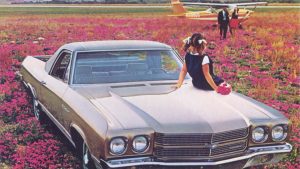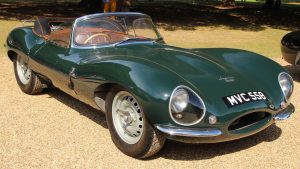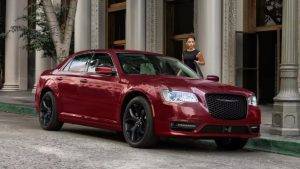
Back in the late 70s and mid-80s, BMW was having a great run at motorsports with its iconic cars such as the M1 and the M3. BMW decided to make a car based on the popular 6 Series that will serve both as a high-performance sports car and a reliable daily driver when required. And the E24 M6 was brought to the market in 1987. Soon joined by its slightly smaller sibling, the M5, the M6 coupe proved to be sportier and got a detuned racing engine under its hood as well.
The E24 M6 was among the first M-badged cars to get BMW’s then-new coupe design which was developed by altering the already popular 3.0 CS’ design. Let’s take a look at the ten quick facts about the E24 M6 below.
10. The E24 M6 has M1-inspired design
Like other rival German brands, Beemer was into developing passenger cars from its high-performance race cars and vice versa. The E24 M6 arguably has a reworked exterior design borrowed from the BMW 3.0 CS.
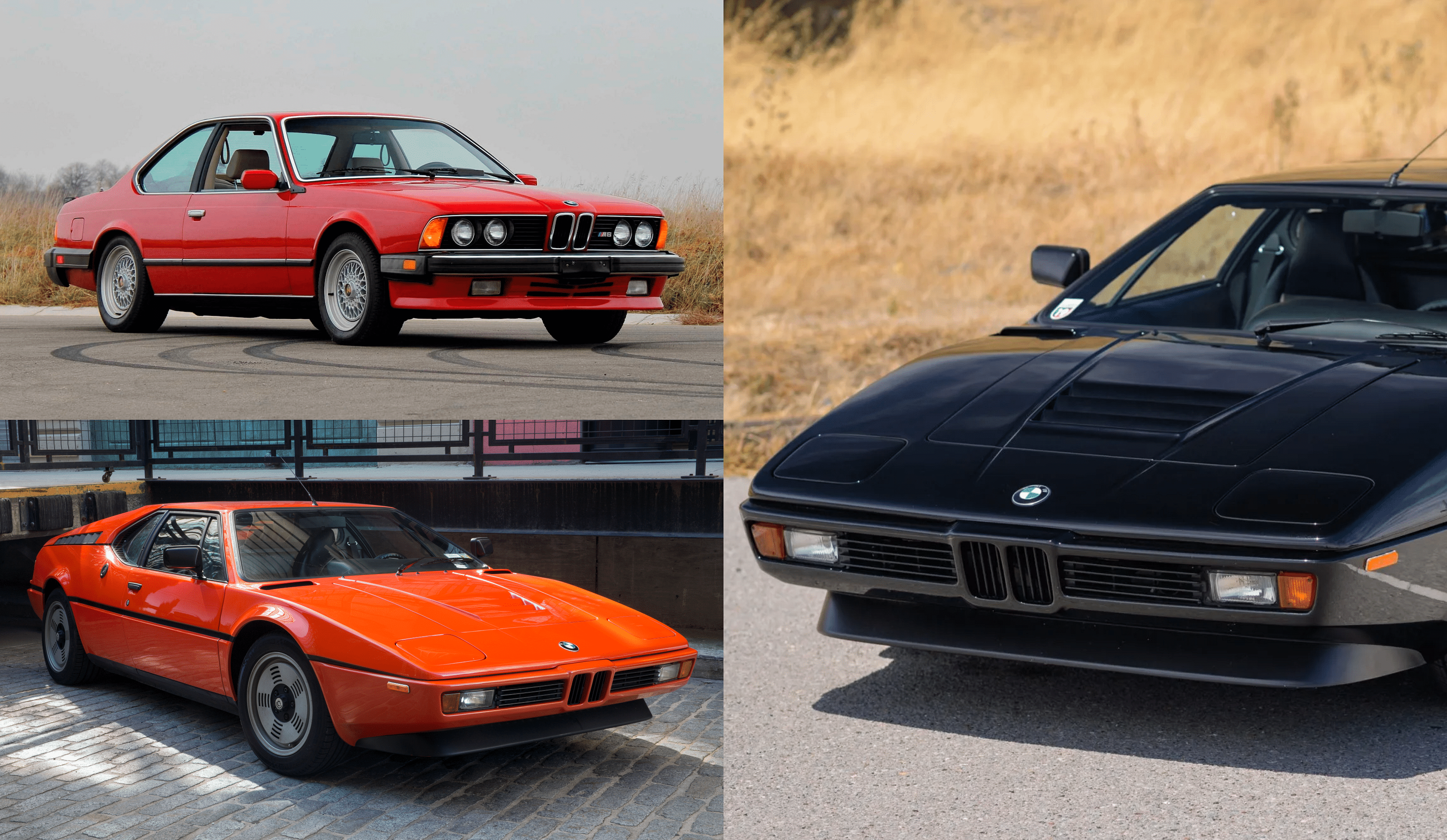
However, the M6’s design was also quite inspired by the M1 supercar as well. Looking closely reveals that the M6 has a similar sporty stance, an almost identical front nose, also known as the “shark nose” design, and a slight similarity in the rear-end design.
9. The E24 M6 has a racing engine under its hood
It was, and still is, a common practice for carmakers with a racing division to use motorsports engines in their high-performance road cars and Beemer is among the best of them. The E24 M6 was chosen to be powered by BMW’s tried and tested M88 3.5-liter I-6 motor. It was the same engine that powered the M1 supercar along with the earlier BMW 3.0CSI racing cars as well. With tuning and modifications, the I-6 originally developed a solid 286 hp and 251 lb-ft of torque.
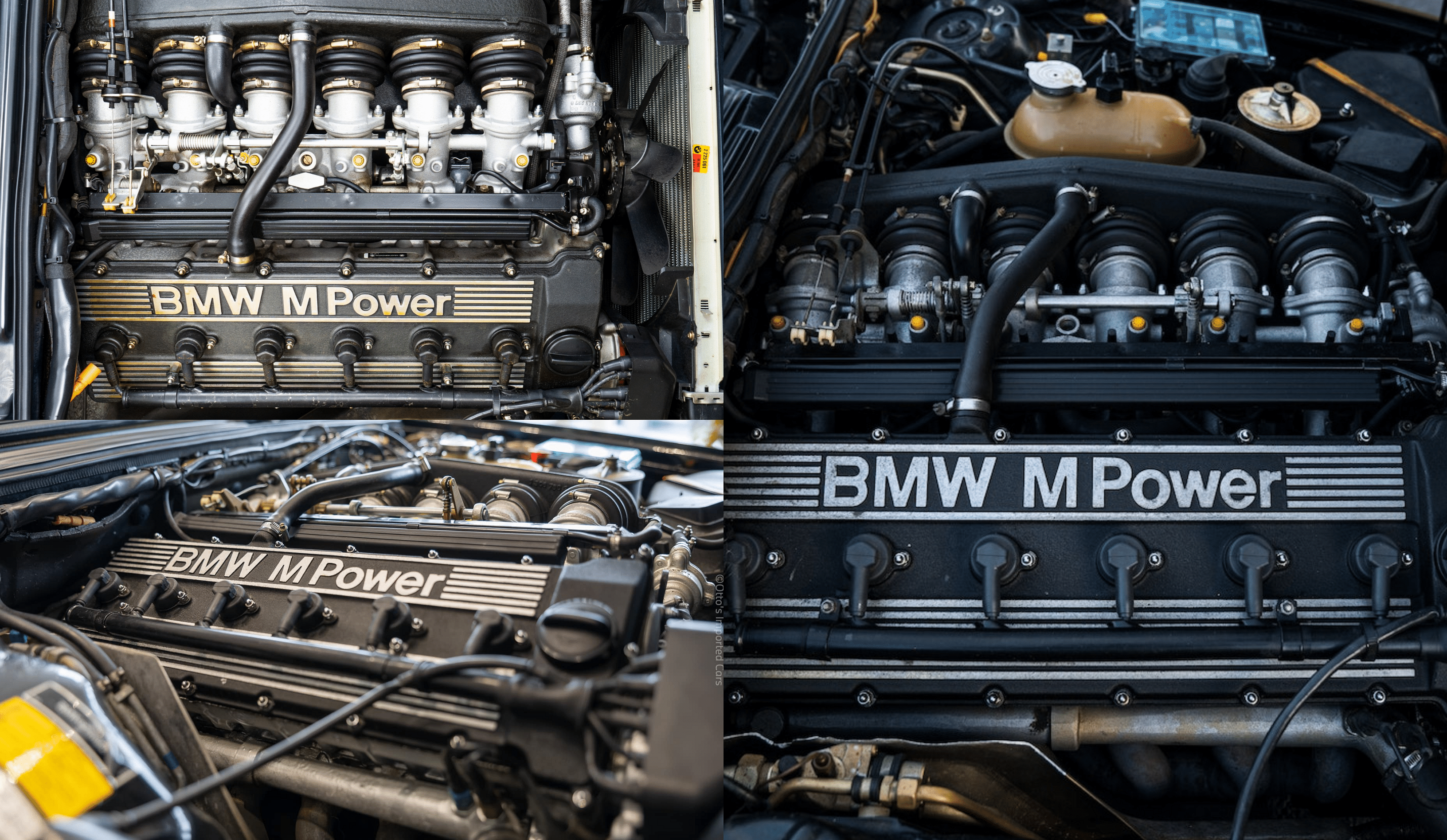
However, when the M6 came to the US shores, to meet the stricter emission rules, the motor was renamed S38 and received catalytic converters which turned down the power to 251 hp and 246 lb-ft of torque.
8. The M6 was developed on first-generation 5 Series
With the success of the first-generation 5 Series sedans, BMW went on to build a coupe and sportier version of the sedan lineup.
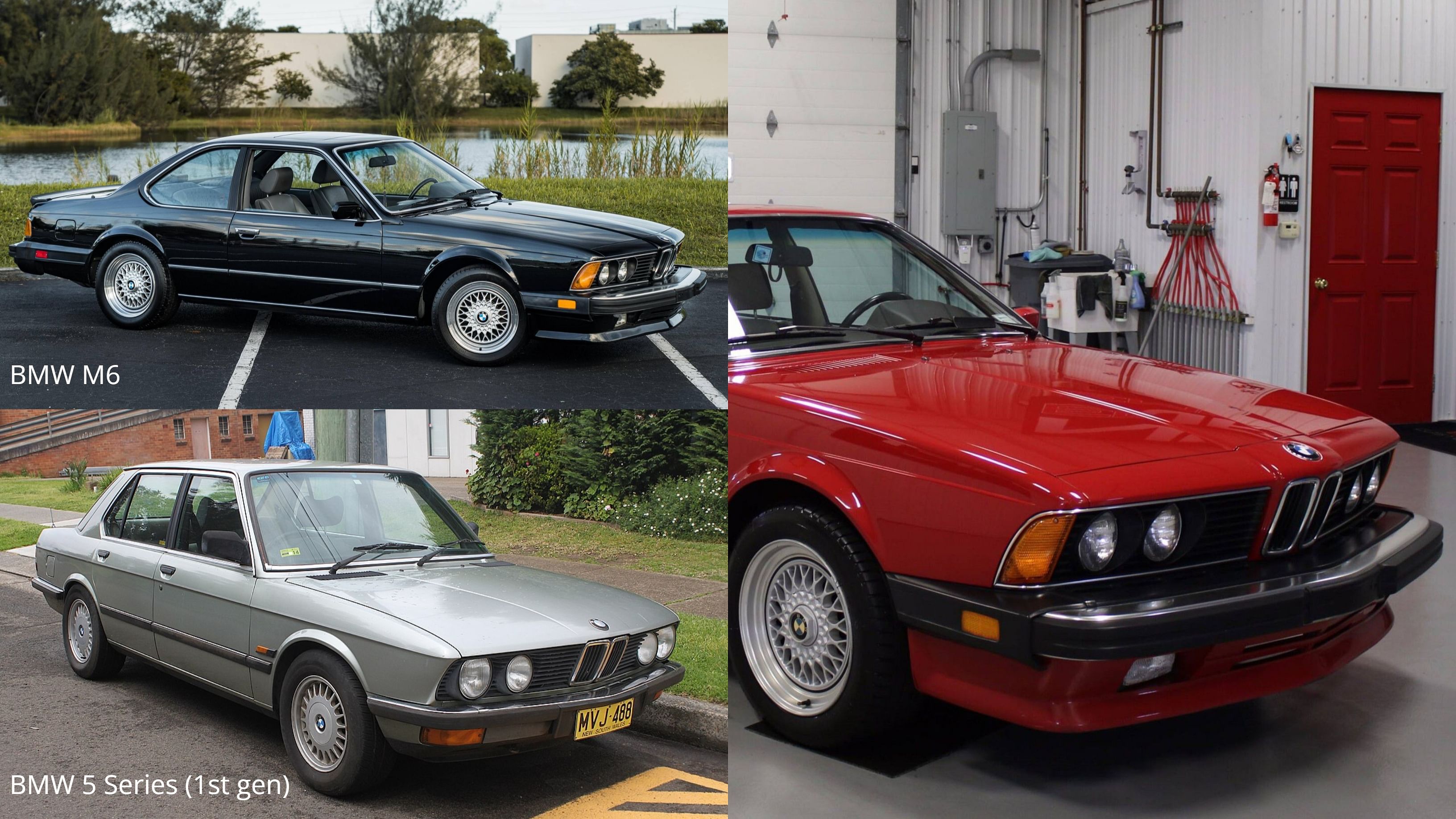
While the design inspirations were taken from two of the best racing cars from Beemer, the M6 was structurally quite similar to the 5 Series. Also, the same practice has been followed by the brand even to this day.
7. The M6 was already “tuned” from the factory
As a high-performance version of the regular 6 Series, the M6 was quite well-equipped right from the assembly line itself. The most notable visual enhancement was the BBS wheels which were factory fitted complete with the BMW logo.
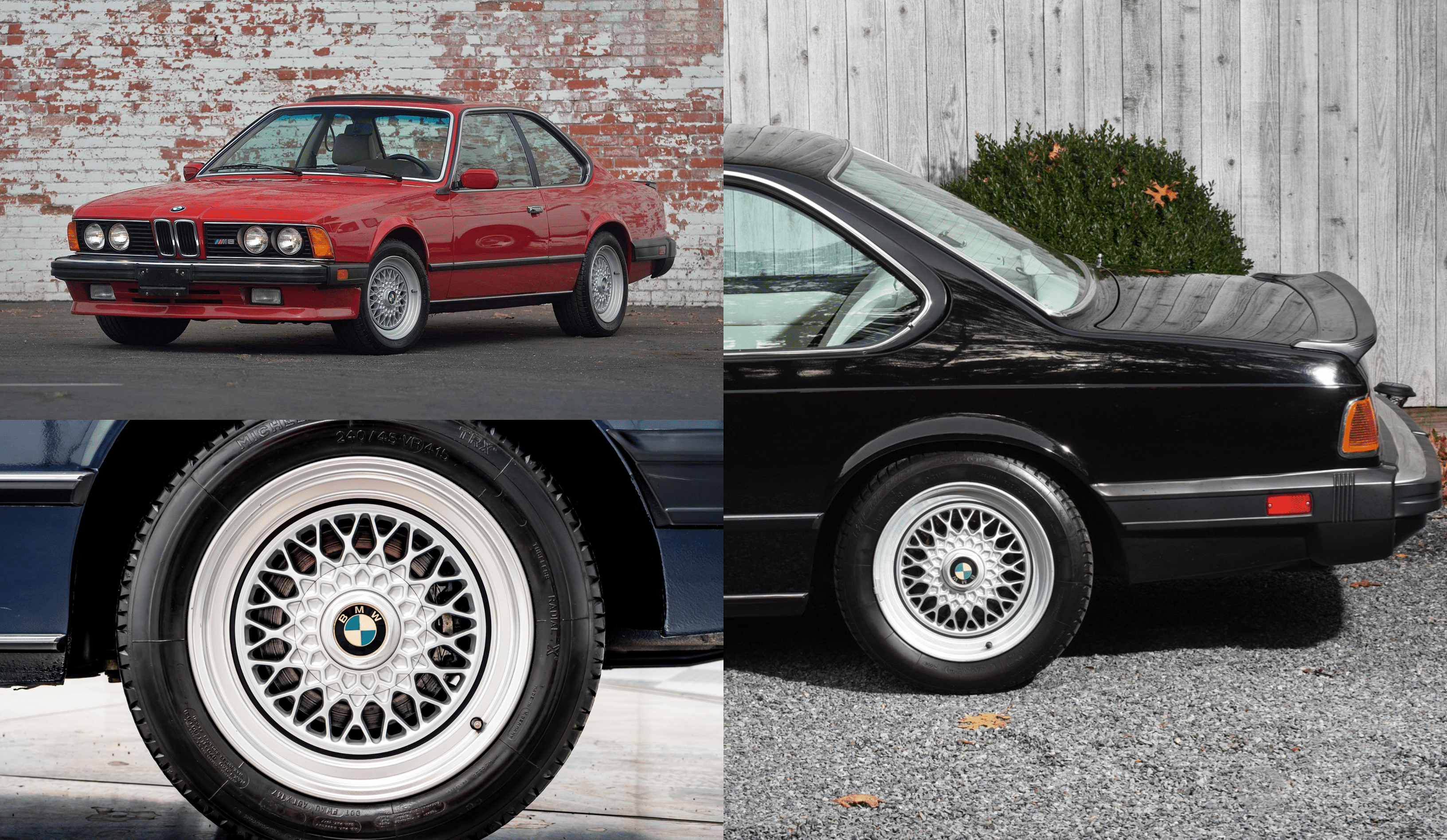
Other than that, the car came with a retuned suspension setup, lowered ride height, bigger and more powerful front brakes, a bigger air dam at the front, and a rear lip spoiler.
6. The US versions were altered in both design and performance
As mentioned earlier, the BMW M6 had its engine slightly detuned when it arrived at the US shores due to stricter emission norms. However, the US-spec M6s also had their dimensions slightly increased.

The US M6 has a length of 193.8 inches as compared to the 187.2 inches of the original due to the elongated front and rear bumpers. Thankfully, no other alterations were done though.
5. The E24 M6 is often called the godfather of future M cars
The BMW E24 M6 was designed by none other than Paul Bracq. Hailing from the famous Bordeaux region of France, Paul was appointed by BMW in 1970 as the head of the brand’s styling center.
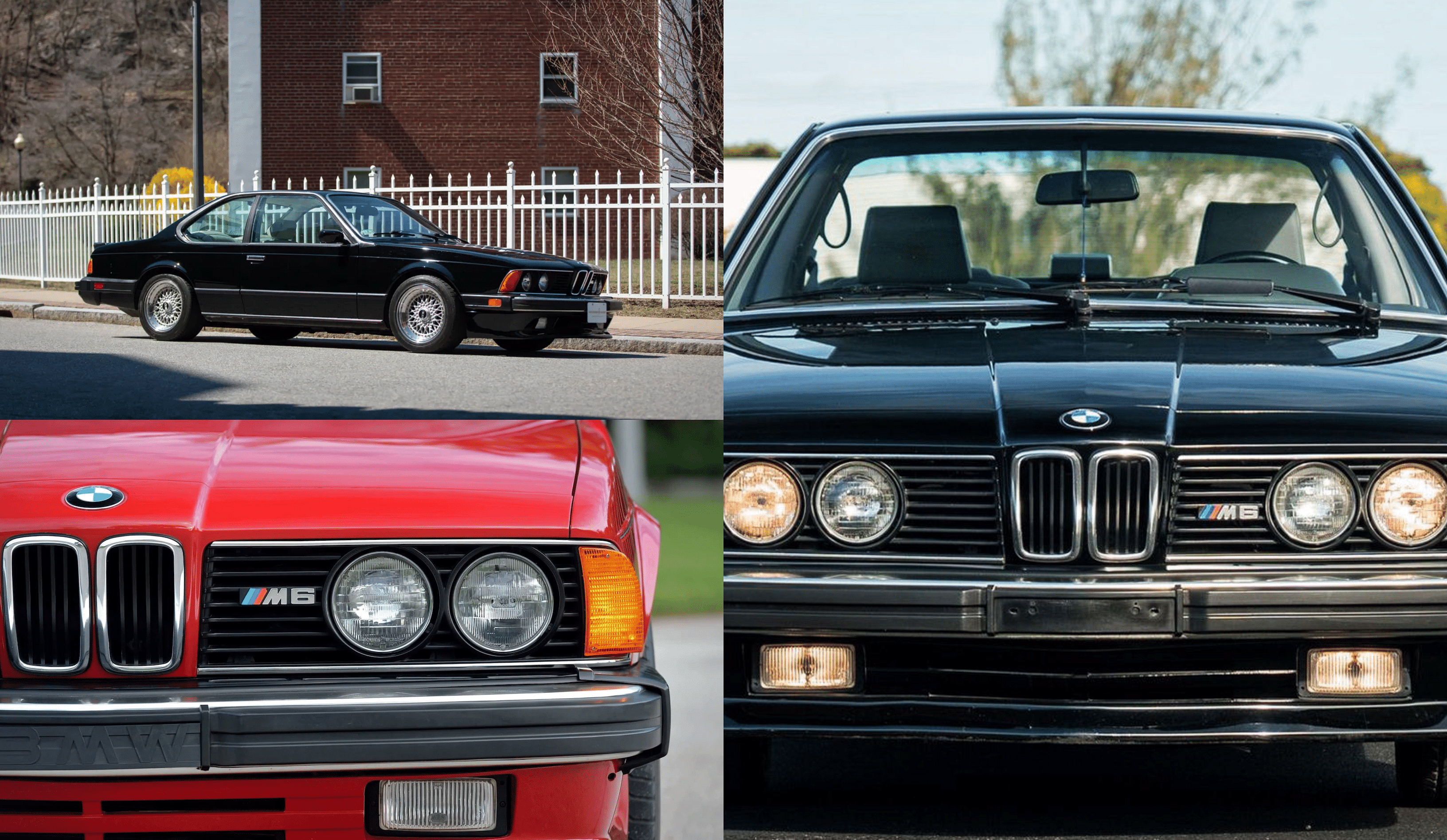
After that, Paul went on to design some of the most popular cars of Beemer such as the E12 5 series, the E21 3 Series, the E23 7 Series, and the E24 6 Series. He also designed the first concept car for BMW, the Turbo Coupe as well.
4. The M6 was a practical sports car
BMW created the M6 not only as a sports car but also as a daily driver. The car had impressive handling and driving dynamics for its time yet the ride quality was fantastic. On the inside, the brand did not attempt to implement any weight-shaving method and gave the coupe all the bells and whistles for a car of its segment.
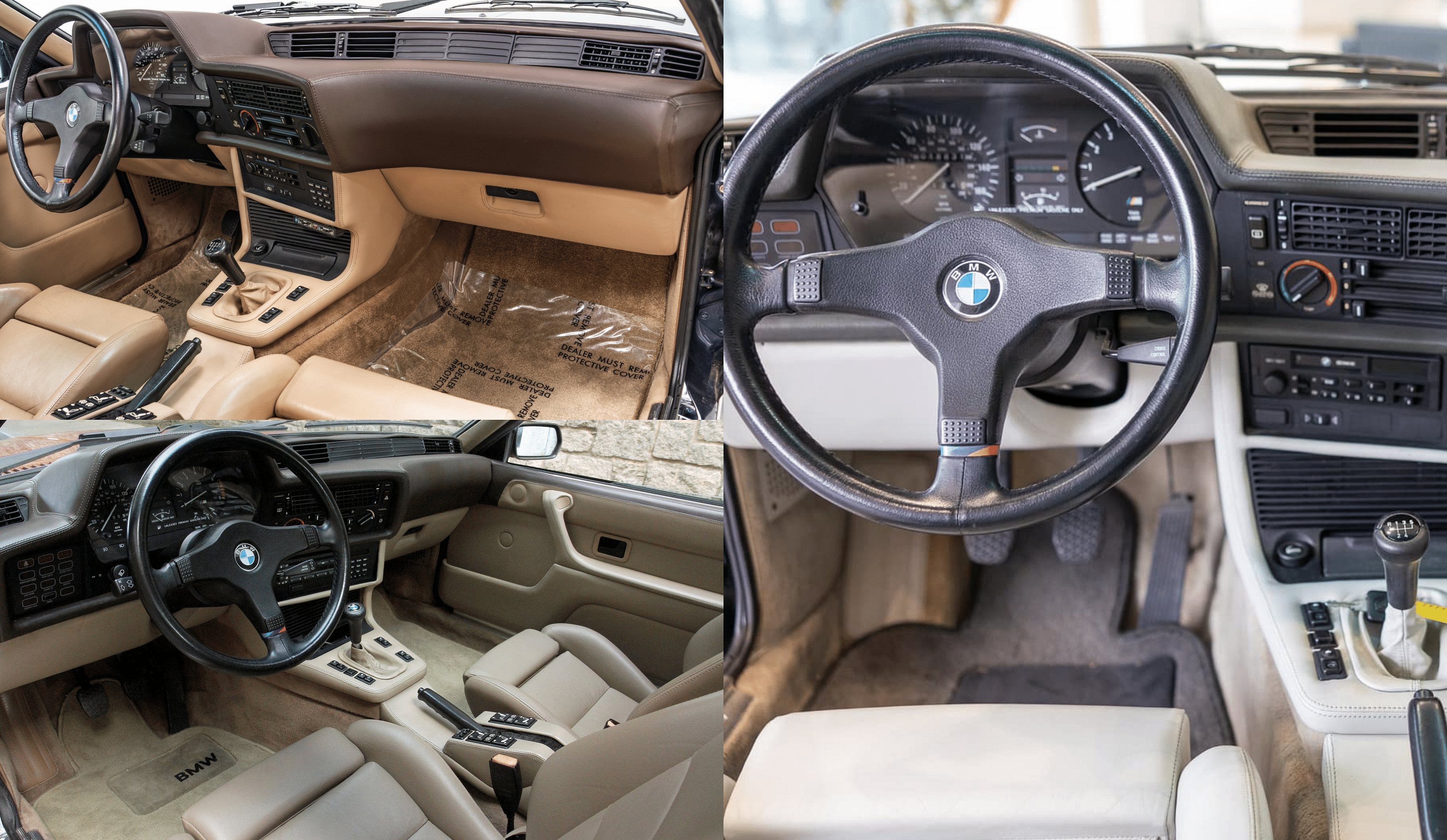
Right from power windows, leather seats, and soft-touch upholstery, to power adjustments for the seats, and climate control, the car had it all. Also, the trunk space was generous for a sports coupe as well.
3. The E24 M6 was easy to drive
Back in the mid and late-80s, cars seldom came with electronic aids, let alone driver assistance systems. And there were sports cars that were tough to drive. But not the M6 here. The car had a surprisingly light clutch for its time and offered decent enough feedback from the steering wheel. When compared to present Beemers, one might need to work a bit more on the steering wheel to change directions quickly though. The motor was a delight and the throttle response was almost instantaneous, making both city and highway driving quite effortless as well.
2. The car has onboard computers!
Unlike several cars from its time, the E24 BMW M6 had onboard computers to take care of several things. Firstly, the computer gave accurate time, and date, and had a timer function which could be used to measure lap times!
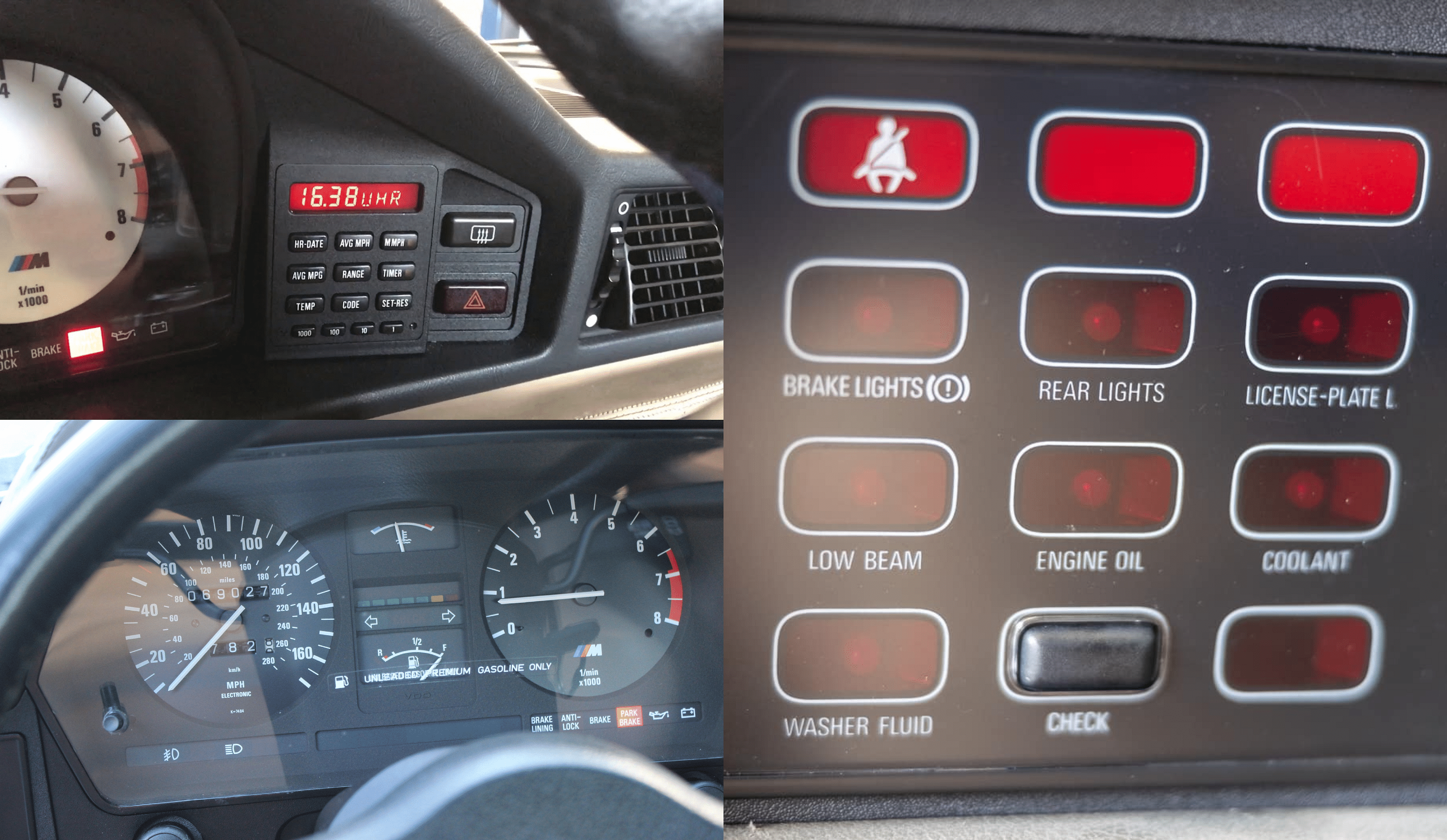
On the left-hand side of the driver’s console, there is a square analog panel with a check button and red LEDs denoting different parts of the car such as different exterior lamps, washer fluid level, and coolant level. If anything required to be changed or the fluids needed to be topped up, pressing the check button would do the job.
1. The car also has an active rear suspension!
Yes, you read that right, apart from the advanced interiors, the car also had some tricks up its sleeve on the outside as well. Unlike other Beemers of that time, the M6 has an active hydraulic unit with a rear suspension setup that would automatically adjust the car’s ride level according to the driving conditions.
